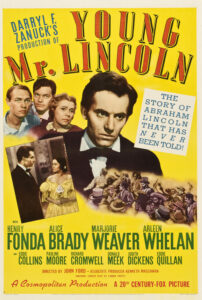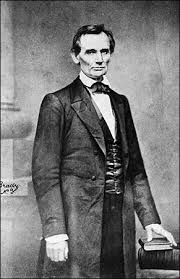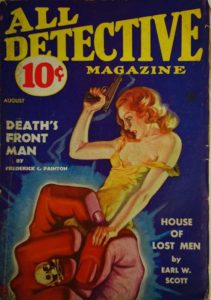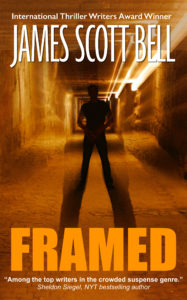by James Scott Bell
@jamesscottbell
 Come close, youngsters, for I want to tell you of a magical time, not so very long ago, but before you were born, when, in our fair land, it was possible to disagree with someone without getting ridiculed, doxxed, canceled, mobbed, shot, stabbed or otherwise eliminated from life or society.
Come close, youngsters, for I want to tell you of a magical time, not so very long ago, but before you were born, when, in our fair land, it was possible to disagree with someone without getting ridiculed, doxxed, canceled, mobbed, shot, stabbed or otherwise eliminated from life or society.
I know it will be hard for you to believe this, but there was a commercial-free television show back then where a staunch conservative named William F. Buckley, Jr. would sit in a chair opposite a staunch liberal (or two, or three) and for an entire hour discuss ideas without once yelling, cursing, or throwing chairs.
Yes, truly! And the show went on for twenty years before a fellow named Morton Downey, Jr. came along to shift the paradigm. Downey figured out that you get more attention (we call it getting “clicks” today) by being obnoxious and starting verbal—and sometimes physical—fights on his “talk” show.
“Trash TV” thus became a thing, perfected by a rowdy named Jerry Springer.
And then came social media, where any malcontent can get attention—and even perhaps “fifteen minutes of fame”—by ranting and raving and using language that would make even a stevedore shout, “Enough!”
So here we are. Debate has been replaced by berate, civility by savagery, discussion by repercussion.
What they call political debates these days are a joke. These aren’t debates. They’re soundbite contests fueled by nattering nabobs of negativism shooting gotcha questions at a stage full of Ralph Kramdens who, when they aren’t shrieking and talking over each other, are looking for a place to drop in a consultant-prepped bon mot.
Not exactly Lincoln-Douglas. Or even Nixon-Kennedy.
The lust for the devastating soundbite can be traced back to 1984 and the second presidential debate between incumbent Ronald Reagan and challenger Walter Mondale.
In the run-up to this debate the press was carpeting the newspapers with “concerns” about Reagan’s age. He was all of 73 years old.
At one point Reagan was asked by journalist Henry Trewhitt whether he, as the oldest president in history, had any doubts about his ability to handle the job.
To which Reagan replied,
“Not at all, Mr. Trewhitt, and I want you to know also that I will not make age an issue of this campaign. I am not going to exploit, for political purposes, my opponent’s youth and inexperience.”
The audience erupted in laughter and applause and Mondale’s goose, such as it was, was fully cooked. (You can watch the clip here.)
That’s all every candidate is looking for now. File this desire under Ridiculous and Unhelpful.
Here at TKZ, we talk about writing. We share thoughts, tips, opinions. Our community of commenters chime in helpfully. It’s a nice little oasis in the Desert of Vituperation.
Let’s keep it that way.
In his autobiography, sagacious ol’ Ben Franklin wrote:
When another asserted something that I thought an error, I denied myself the pleasure of contradicting him abruptly, and of showing immediately some absurdity in his proposition; and in answering I began by observing that in certain cases or circumstances his opinion would be right, but in the present case there appeared or seemed to me some difference, etc. I soon found the advantage of this change in my manner; the conversations I engaged in went on more pleasantly. The modest way in which I proposed my opinions procured them a readier reception and less contradiction; I had less mortification when I was found to be in the wrong, and I more easily prevailed with others to give up their mistakes and join with me when I happened to be in the right.
So today, let’s open things up. What is a piece of writing advice you are unsure about or perhaps disagree with? (Agreeably, of course.)




